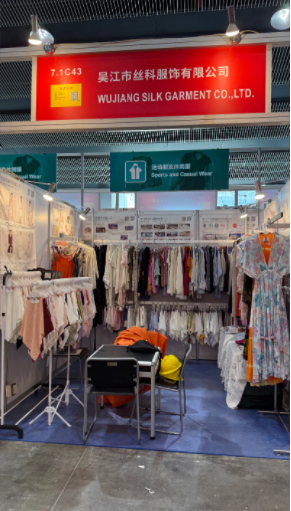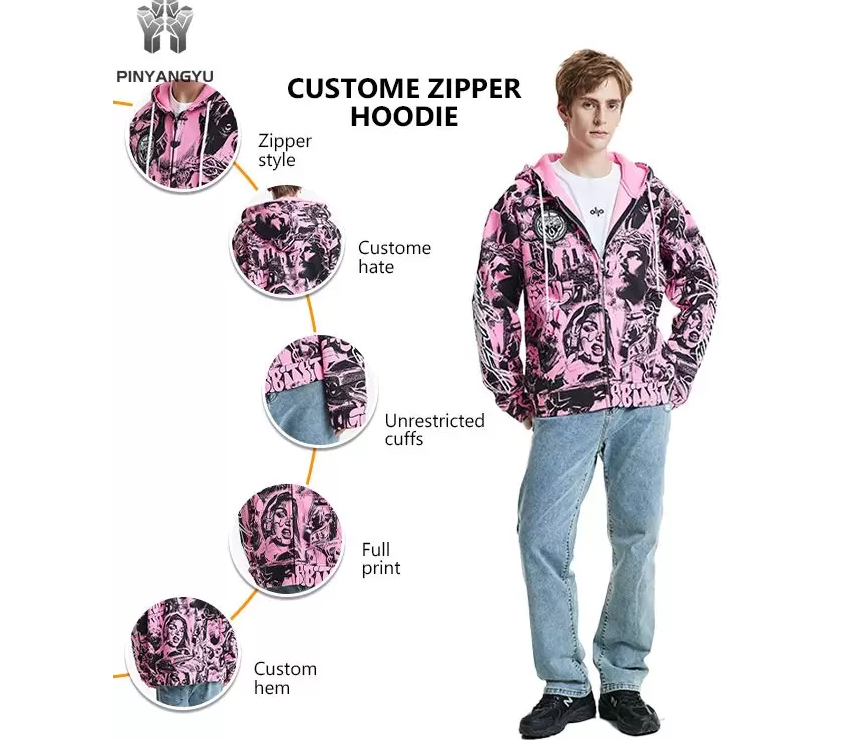In the ever-evolving landscape of retail and e-commerce, understanding consumer behavior is paramount for businesses aiming to optimize their sales strategies. One of the most intriguing aspects of this behavior is the impact of product size on purchasing decisions. The question What size sells the most? is not merely a matter of preference; it is a complex interplay of psychology, market trends, and demographic factors. This article delves into the nuances of size preferences across various industries, providing actionable insights for businesses seeking to enhance their sales performance.
The Psychology of Size: Why It Matters
The size of a product can significantly influence consumer perception and decision-making. Psychological studies suggest that consumers often associate size with value. Larger products may be perceived as offering more value for money, while smaller items can evoke feelings of exclusivity or luxury. For instance, in the fashion industry, a size that fits well and flatters the body can lead to higher sales, as consumers are more likely to purchase items that enhance their self-image.
Moreover, the concept of size extends beyond physical dimensions. In the food and beverage sector, portion sizes play a crucial role in consumer choices. Research indicates that consumers often opt for larger sizes when they perceive them as providing better value, even if they do not intend to consume the entire portion. This phenomenon, known as the portion size effect, can lead to increased sales for businesses that strategically offer larger sizes.
Industry-Specific Insights: What Size Sells the Most?
- Fashion and Apparel: In the fashion industry, size availability can make or break a sale. Brands that offer a wide range of sizes, including plus sizes, often see higher sales volumes. According to a study by the NPD Group, the plus-size market has grown significantly, with consumers increasingly seeking fashionable options in larger sizes. Brands that embrace inclusivity not only cater to a broader audience but also enhance their brand loyalty.
- Food and Beverage: The food industry has witnessed a shift towards larger portion sizes, particularly in fast food and casual dining. Research shows that consumers are more likely to choose larger sizes when presented with value deals, such as buy one, get one free offers. However, it is essential for businesses to balance portion sizes with health considerations, as consumers are becoming more health-conscious and may prefer smaller, healthier options.
- Electronics: In the electronics sector, size preferences can vary significantly based on the product type. For instance, smartphones have trended towards larger screens, as consumers seek enhanced viewing experiences. Conversely, in the realm of laptops, portability is key, and smaller, lightweight models often sell better among professionals and students who prioritize convenience.
- Home Goods: When it comes to home goods, size can influence both functionality and aesthetics. For example, consumers often prefer larger furniture pieces that create a sense of space and comfort in their homes. However, in urban areas where living spaces are limited, compact and multifunctional furniture tends to sell better. Understanding the target demographic's living conditions is crucial for optimizing product size offerings.
The Role of Demographics in Size Preferences
Demographic factors such as age, gender, and geographic location play a significant role in determining which sizes sell the most. Younger consumers may gravitate towards trendy, oversized clothing, while older demographics might prefer more tailored fits. Similarly, cultural differences can influence size preferences; for instance, certain regions may favor larger portion sizes in food, while others prioritize health and moderation.
Strategies for Businesses: How to Leverage Size for Sales
- Market Research: Conducting thorough market research is essential for understanding consumer preferences regarding size. Surveys, focus groups, and sales data analysis can provide valuable insights into which sizes resonate most with your target audience.
- Flexible Offerings: Consider offering a range of sizes to cater to diverse consumer needs. This approach not only increases the likelihood of making a sale but also fosters brand loyalty among customers who appreciate inclusivity.
- Promotional Strategies: Utilize promotional strategies that highlight the value of larger sizes. For example, bundle deals or discounts on larger portions can entice consumers to opt for bigger sizes, ultimately boosting sales.
- Feedback Mechanisms: Implement feedback mechanisms to gather consumer opinions on size preferences. This data can inform future product development and marketing strategies, ensuring that your offerings align with consumer expectations.
Conclusion: The Size Factor in Sales Success
In conclusion, the question of What size sells the most? is multifaceted and deeply rooted in consumer psychology, industry trends, and demographic factors. By understanding the nuances of size preferences and leveraging this knowledge, businesses can enhance their sales strategies and better meet the needs of their customers. As the retail landscape continues to evolve, staying attuned to consumer preferences regarding size will be crucial for sustained success in the marketplace.





